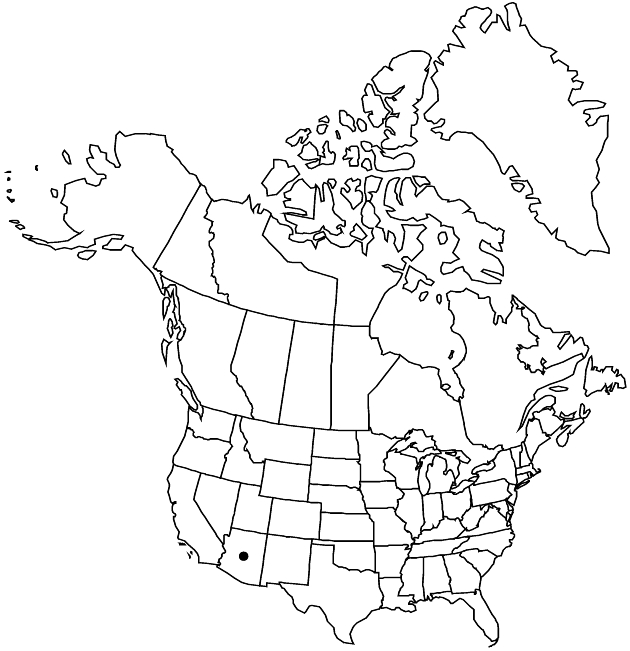Difference between revisions of "Townsendia smithii"
Brittonia 32: 144, fig. 1. 1980.
imported>Volume Importer |
imported>Volume Importer |
||
| Line 53: | Line 53: | ||
|publication year=1980 | |publication year=1980 | ||
|special status=Endemic;Conservation concern | |special status=Endemic;Conservation concern | ||
| − | |source xml=https:// | + | |source xml=https://bitbucket.org/aafc-mbb/fna-data-curation/src/2e0870ddd59836b60bcf96646a41e87ea5a5943a/coarse_grained_fna_xml/V19-20-21/V20_447.xml |
|tribe=Asteraceae tribe Astereae | |tribe=Asteraceae tribe Astereae | ||
|genus=Townsendia | |genus=Townsendia | ||
Latest revision as of 20:03, 5 November 2020
Perennials, 3–8(–12+) cm (usually ± pulvinate). Stems ± erect; internodes 0.1–1 mm, ± scabrellous. Leaves basal and cauline, ± spatulate to oblanceolate, 15–50(–80) × 2–6(–11) mm, little, if at all, fleshy, faces ± scabrellous. Heads on scapiform peduncles 30–80(–120) mm. Involucres ± hemispheric to campanulate, 10–15 mm diam. Phyllaries 14–26 in 2–3+ series, the longer lance-ovate to lanceolate, 9–11 mm (l/w = 3–5), apices attenuate, abaxial faces piloso-strigose to strigose. Ray florets 12–21; corollas white adaxially, laminae 6–12+ mm, glabrous abaxially. Disc florets 60–80+; corollas 3.5–5 mm. Cypselae 2.5–3.5 mm, faces hairy, hair tips entire; pappi persistent, 16–20+ lanceolate to subulate scales 0.2–0.8 mm (± connate). 2n = 18.
Phenology: Flowering May.
Habitat: Volcanic soils, pinyon or yellow pines
Elevation: 2000–2400 m
Discussion
Of conservation concern.
Selected References
None.
